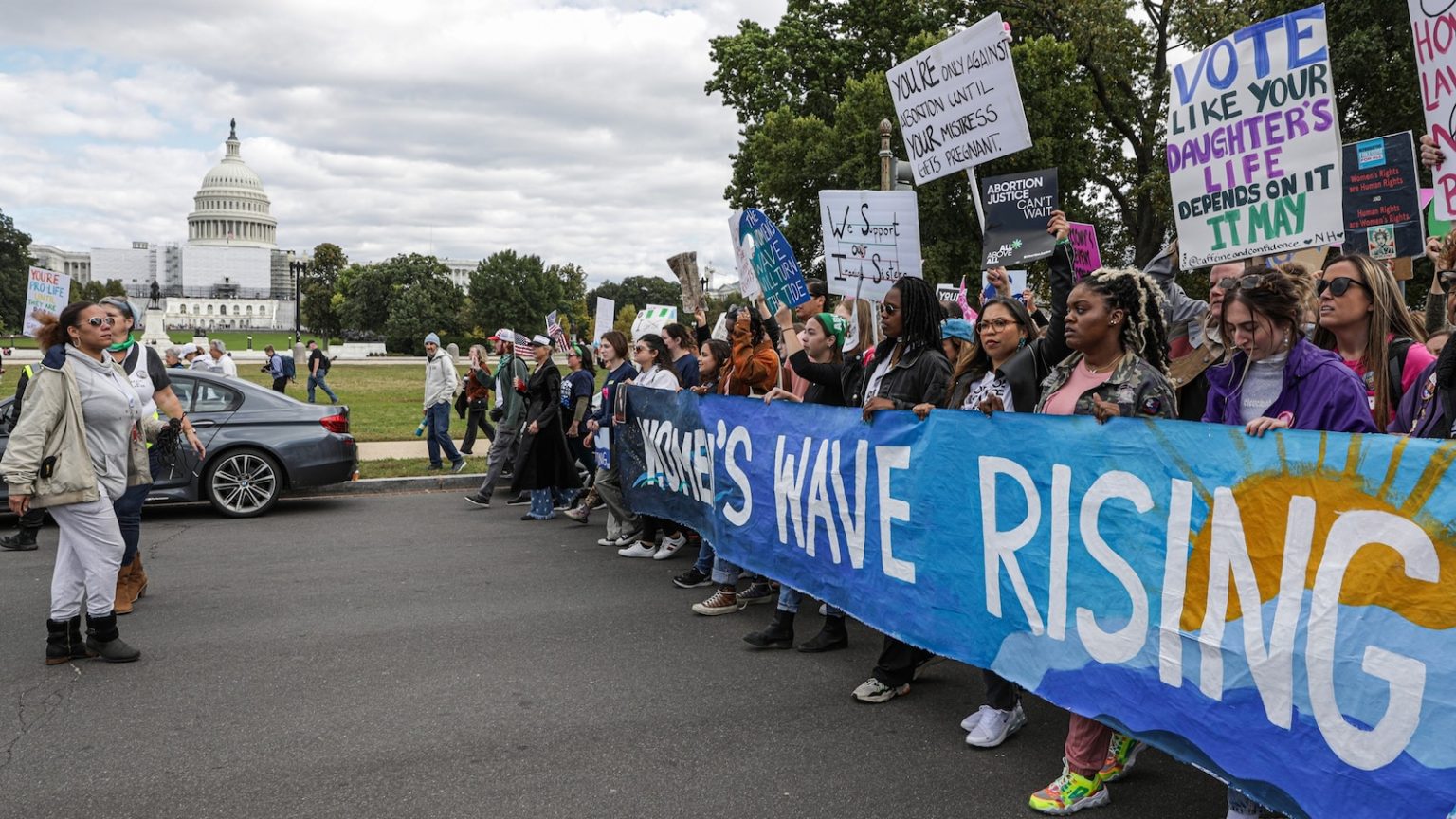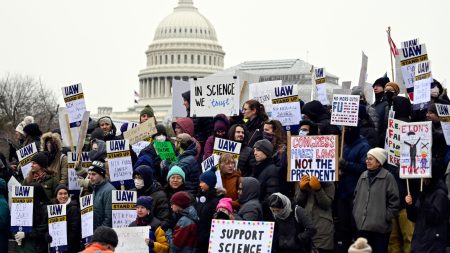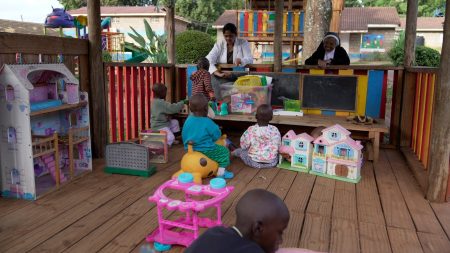The Far-Reaching Impact of Abortion Bans in the United States
Since the Supreme Court overturned Roe v. Wade in 2022, the United States has seen a proliferation of abortion bans, with profound consequences for reproductive health, birth rates, and infant mortality. New research provides some of the first nationwide data on the effects of these bans, revealing a stark reality: while birth rates have risen in states with abortion restrictions, infant deaths have also increased, particularly among vulnerable populations. The impact of these bans extends even to states where abortion remains legal, highlighting the interconnected nature of reproductive health across the country.
Increased Birth Rates and Disparities in States with Abortion Bans
One of the most striking findings comes from a study conducted by researchers at Johns Hopkins University. In states that have implemented abortion bans, birth rates have risen by 1.7%. However, this increase is not evenly distributed across the population. The study reveals that the bans disproportionately affect racial minorities, younger individuals, and those with lower income or education levels. These groups already face significant structural disadvantages, and the restrictions on abortion have only deepened these inequities. Suzanne Bell, the lead author of the study, notes that many of these states have weak social services and poor maternal and child health outcomes, exacerbating the challenges faced by those most affected by the bans.
The southern United States, where many of these bans are in place, has been particularly hard hit. The study found that Black infants, Southern states, and infants born with severe medical conditions are experiencing the highest increases in infant mortality. Texas, for example, accounts for 73% of the additional births and 80% of the excess infant deaths in the 14 states analyzed. These findings underscore the dire consequences of restricting access to abortion, particularly for marginalized communities that already face systemic barriers to healthcare.
Rising Infant Deaths in States with Abortion Bans
The same Johns Hopkins study also revealed a devastating trend: infant deaths have risen in states with abortion bans. Analyzing birth and death records from 2012 to 2023, the researchers found 478 more infant deaths than expected in the 14 states with bans. The highest increases were seen in Black infants, with an 11% higher death rate compared to previous years. Infants in Southern states and those born with severe medical conditions also experienced disproportionately high mortality rates. These findings suggest that restricting access to abortion not only forces people to carry pregnancies to term but also perpetuates cycles of poverty, lack of access to healthcare, and poor health outcomes for both mothers and children.
Bell emphasizes that these outcomes are not coincidental but are deeply rooted in the structural inequities of the states implementing bans. Many of these states have limited social services, inadequate healthcare infrastructure, and poor maternal and child health outcomes, making it even more dangerous for individuals to be forced into carrying unwanted pregnancies. The study paints a clear picture: abortion bans are not just reducing access to a medical procedure; they are exacerbating existing disparities and putting lives at risk.
The Ripple Effect in States Without Abortion Bans
The impact of abortion bans is not limited to the states that have implemented them. A study published in JAMA Network Open found that Colorado, a state with no gestational limits on abortion, has seen a significant increase in abortions performed for out-of-state residents. Between 2020 and 2023, the proportion of abortions performed on non-residents in Colorado rose from 13% to 30%. This surge in demand has put a strain on the state’s healthcare system, leading to delays in procedures. These delays can increase costs, emotional toll, and the complexity of the procedure, particularly for those seeking second-trimester abortions.
The study also found that abortions among Colorado residents peaked six months after Texas implemented its abortion ban, with an 11% increase in first-trimester abortions and an 83% increase in second-trimester abortions. While these numbers have since stabilized, likely due to expanded access to telehealth, self-managed abortions, and other states’ policies, the initial surge highlights the interconnected nature of reproductive health across state lines. As more states restrict abortion, neighboring states with legal access are beingforced to shoulder the burden, creating a patchwork system that is unsustainable and inequitable.
The Broader Implications for Reproductive Health and Equity
The cumulative impact of these findings is clear: abortion bans are having far-reaching and deeply harmful effects on reproductive health, infant mortality, and health equity. Currently, abortion is illegal in 12 states, according to the Kaiser Family Foundation, and 29 states have some form of gestational age restrictions. Only nine states have no restrictions on abortion. These restrictions are not only limiting access to a safe and legal medical procedure but also perpetuating systemic inequities that disproportionately affect marginalized communities.
Bell and her team emphasize that the literature is clear: not being able to obtain an abortion has negative physical, mental, and economic implications for individuals, their children, and their families. By restricting access to abortion, these bans are deepening existing disparities and undermining efforts to achieve health equity. The findings from these studies serve as a stark reminder of the importance of protecting reproductive rights and ensuring access to safe, legal, and affordable abortion care for all.
The Call for Action and Equity
As the United States continues to grapple with the aftermath of Roe v. Wade, the findings from these studies offer a clear call to action. Policymakers, healthcare providers, and advocates must work together to address the systemic inequities that are being exacerbated by abortion bans. This includes expanding access to reproductive healthcare, strengthening social services, and addressing the root causes of disparities in maternal and child health outcomes. Without meaningful action, the consequences of these bans will only continue to grow, perpetuating a cycle of inequality and harm that will be felt for generations to come.
The fight for reproductive rights is not just about abortion; it is about ensuring that all individuals have the ability to make decisions about their own bodies, their health, and their futures. The data is clear: restricting access to abortion does not reduce the need for it but instead forces individuals into unsafe and untenable situations. By listening to the evidence and prioritizing equity, we can build a future where everyone has access to the care they need to thrive.















